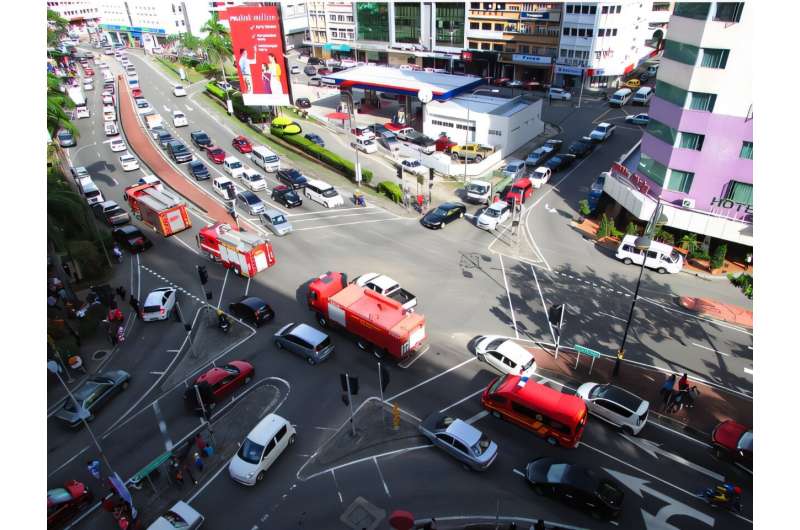This technology promises smarter cities and greener solutions which is set to transform not just traffic management, but also crowd control and disaster response.

Effective urban traffic management is essential for smart city development. The rise of autonomous vehicles and connected transportation systems has heightened the need for dynamic surveillance solutions to ensure smooth traffic flow, reduce accidents, and enhance efficiency. However, traditional static camera setups often fall short in adapting to real-time traffic fluctuations, leading to inefficient monitoring and resource allocation.
To address this, researchers from Incheon National University, led by Associate Professor Hyunbum Kim, have developed a solution: an augmented fluid surveillance system designed for real-time adaptation to changing traffic scenarios. This offers a smarter approach to traffic management.
The system employs a network of single-lens cameras arranged in a dynamic grid. These cameras intelligently adjust their surveillance coverage by activating or deactivating based on real-time traffic conditions. “Our goal is to create adaptive traffic monitoring systems capable of handling diverse and unpredictable scenarios,” explains Dr. Kim.
The researchers formalized the “Augmented Fluid Surveillance Efficiency Maximization Problem” (MaxAugmentFluSurv), aiming to optimize camera placement and usage for maximum efficiency. They proposed two advanced algorithms:
- Random-Value-Camera-Level Algorithm: Cameras are organized in a 3×3 grid. While some cameras remain active for basic coverage, others switch on or off depending on traffic levels, ensuring efficiency during low traffic and enhanced monitoring during peak times.
- ALL-Random-With-Weight Algorithm: This flexible approach assigns roles to each camera based on its position in the grid. Cameras in critical locations stay active, while others adjust their activity dynamically, achieving a balance between comprehensive coverage and energy savings.
Simulations demonstrated the system’s effectiveness under varying traffic conditions, slopes, and angles. The algorithms minimized energy use during low traffic and maintained robust coverage during peak hours.
Dr. Kim notes, “Our system optimizes surveillance while conserving energy, contributing to smarter and greener cities.” Beyond traffic management, this adaptive technology could benefit crowd monitoring, disaster response, and industrial safety. Future developments will integrate deep learning and real-world testing, pushing the boundaries of intelligent urban systems.






